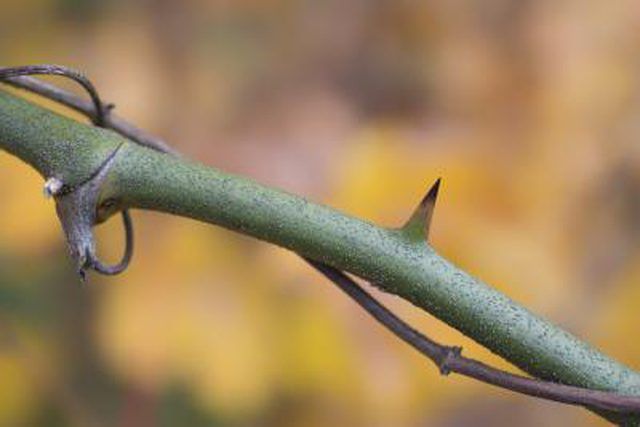Bulbs
Flower Basics
Flower Beds & Specialty Gardens
Flower Garden
Garden Furniture
Garden Gnomes
Garden Seeds
Garden Sheds
Garden Statues
Garden Tools & Supplies
Gardening Basics
Green & Organic
Groundcovers & Vines
Growing Annuals
Growing Basil
Growing Beans
Growing Berries
Growing Blueberries
Growing Cactus
Growing Corn
Growing Cotton
Growing Edibles
Growing Flowers
Growing Garlic
Growing Grapes
Growing Grass
Growing Herbs
Growing Jasmine
Growing Mint
Growing Mushrooms
Orchids
Growing Peanuts
Growing Perennials
Growing Plants
Growing Rosemary
Growing Roses
Growing Strawberries
Growing Sunflowers
Growing Thyme
Growing Tomatoes
Growing Tulips
Growing Vegetables
Herb Basics
Herb Garden
Indoor Growing
Landscaping Basics
Landscaping Patios
Landscaping Plants
Landscaping Shrubs
Landscaping Trees
Landscaping Walks & Pathways
Lawn Basics
Lawn Maintenance
Lawn Mowers
Lawn Ornaments
Lawn Planting
Lawn Tools
Outdoor Growing
Overall Landscape Planning
Pests, Weeds & Problems
Plant Basics
Rock Garden
Rose Garden
Shrubs
Soil
Specialty Gardens
Trees
Vegetable Garden
Yard Maintenance
How to Kill Briar Vines
How to Kill Briar Vines. Brier or briar vines (Smilax spp.) are also known as greenbrier, catbrier and sarsaparilla. Many home gardeners also call them "horrible, evil plants" -- and worse. Hardy in U.S. Department of Agriculture plant hardiness zones 3 through 11, these tenacious, thorny vines sprout from thick underground roots that are...

Brier or briar vines (Smilax spp.) are also known as greenbrier, catbrier and sarsaparilla. Many home gardeners also call them "horrible, evil plants" -- and worse. Hardy in U.S. Department of Agriculture plant hardiness zones 3 through 11, these tenacious, thorny vines sprout from thick underground roots that are hard to remove -- even a little piece left behind will quickly produce a new plant. The best a home gardener might be able to hope for is to control the vines when they return year after year. For this reason, the best method for control is a multistep approach.
Things You'll Need
Thick gardening gloves
Pruning clippers or saw
Plastic sheeting
Herbicide containing 41 percent active glyphosate
Spray applicator
No-Cut Method
Slip on thick gardening gloves. This method should be used on vines that are not near any desirable plants, and for vines wrapped around desirable plants but still loose enough to be partially removed from the plants.
Carefully unwind the briar vine from the desirable plants, if necessary. Unwind only enough to get the vine clear of the desirable plant, and take care not to break any of the stems.
Place the end of the vine on the ground, or on plastic if you want to protect the lawn.
Protect nearby desirable plants with plastic sheeting, including any plants that parts of the vine are wrapped around.
Dilute 12 ounces of an herbicide containing 41 percent active glyphosate in 1 gallon of water. Pour this solution into a spray applicator.
Spray the unwound end of the vine with the herbicide solution, making sure you thoroughly coat the leaves. Do not spray the portion of the vine that's on the good plant. If you did not have to unwind the vine from any desirable plants, simply spray as much of the vine as possible. The more leaves wet, the more poison the vine will absorb.
Wait for two days, and then cut the vines back at ground level. Then dig up as much of the tuber or tubers as you can find. It may be impossible to dig all of them up, however. Dispose of the vines and tubers with yard waste -- do not compost them.
Cutting Method
Protect your hands with thick gardening gloves. This method is to be used with briar vines that cannot be unwound from nearby plants.
Cut the vines as close to the ground as possible, using pruning shears or a pruning saw.
Immediately paint the stumps of the vines with a concentrated herbicide containing at least 41 percent active glyphosate.
Wait for at least two days, and then dig up as many of the tubers as possible, keeping in mind that it might be impossible to dig all of them up. Do not compost the vines and tubers -- dispose of them in yard waste.
Tips & Warnings
If new seedlings appear, wait until they are 6 to 8 inches tall, and then coat them with a solution composed of 12 ounces of an herbicide containing 41 percent active glyphosate diluted in 1 gallon of water.
Apply the herbicide on a warm, still day.
Disinfect your pruners with alcohol after you've cut the vines.
Protect your skin when applying the herbicide; wear long sleeves and pants.